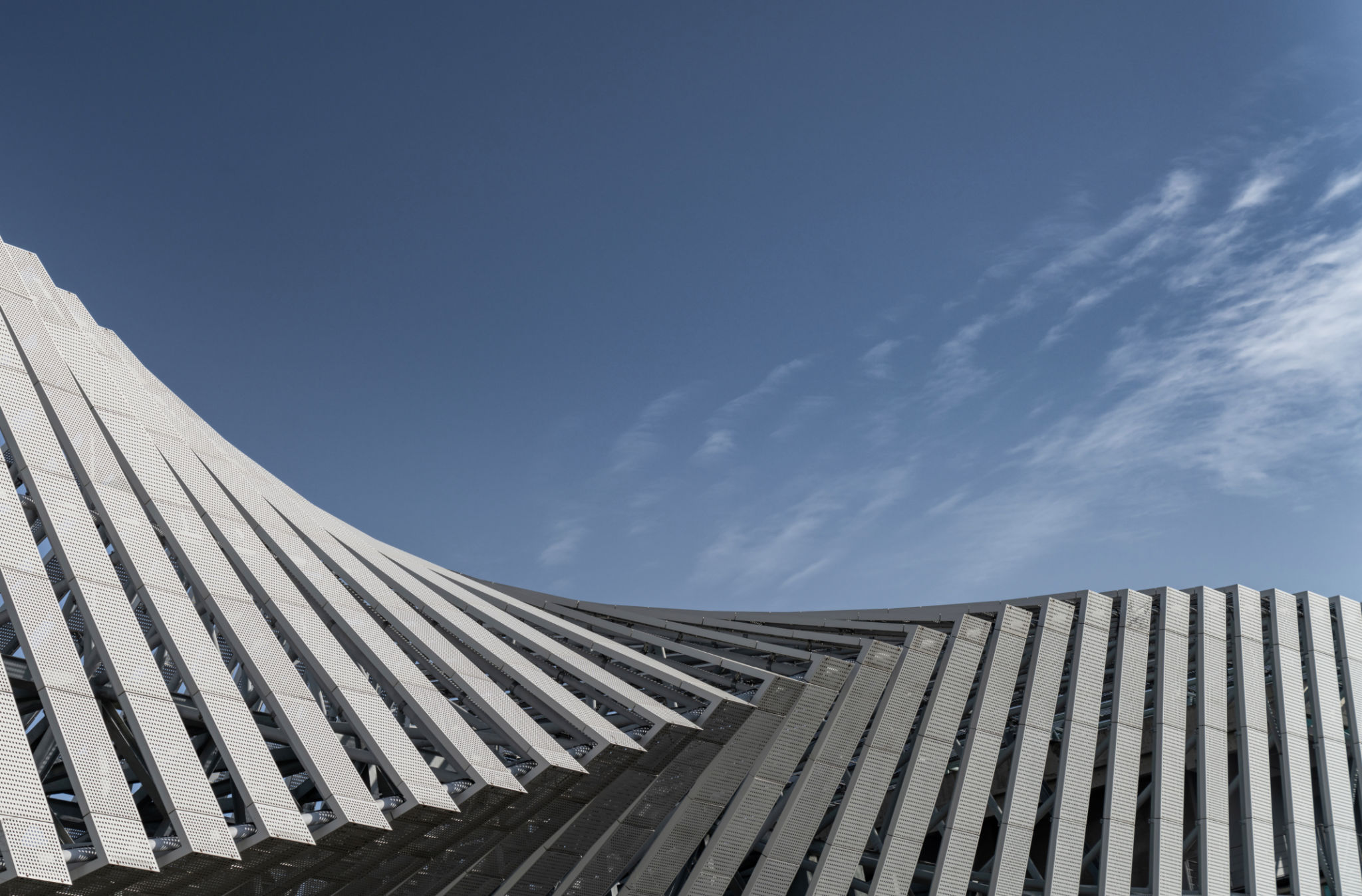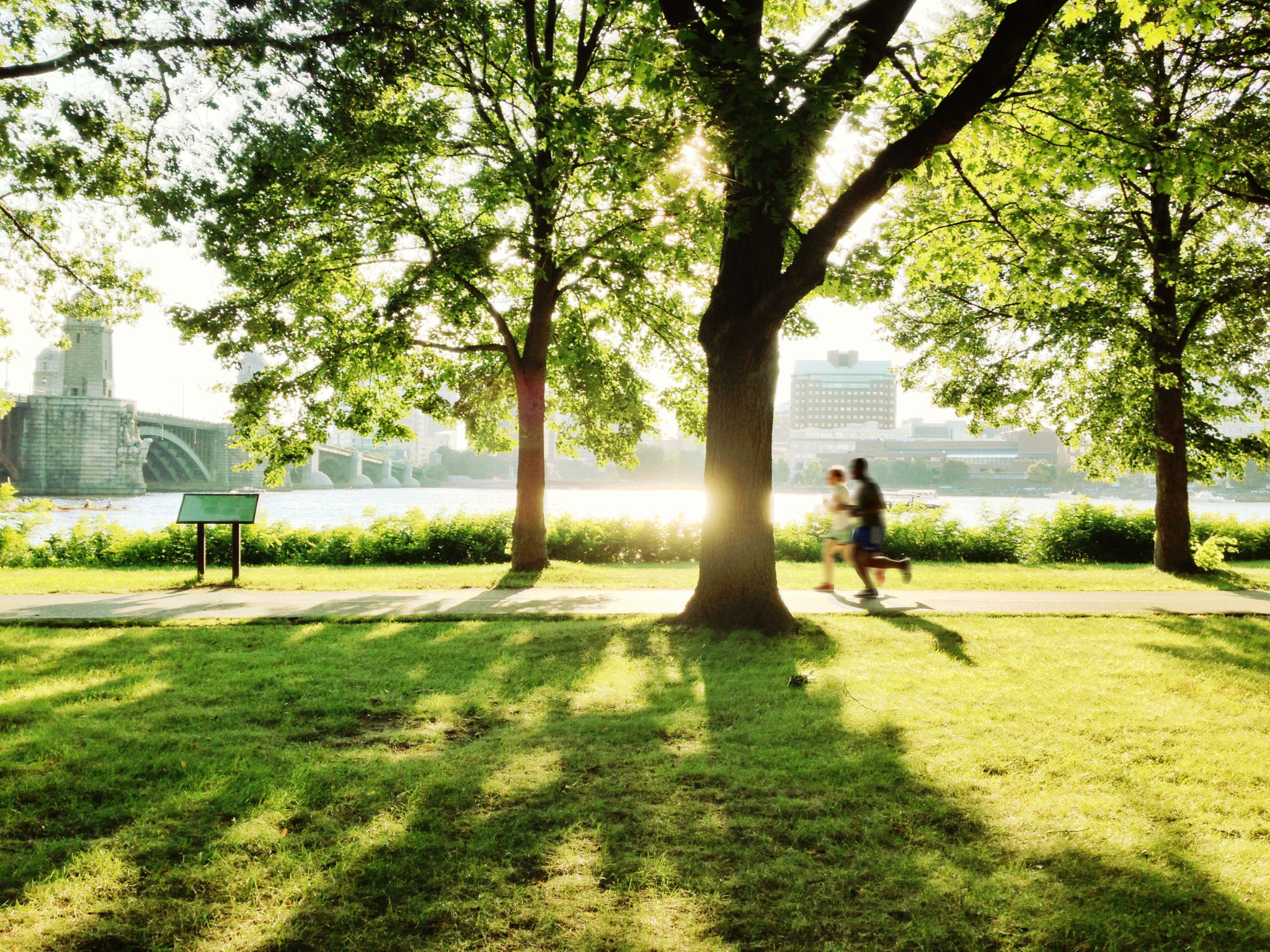Debunking Myths: Common Misconceptions About Urban Architecture
Understanding Urban Architecture
Urban architecture, a key component of city planning, often falls victim to numerous misconceptions. These false beliefs can influence public opinion and policy, leading to misguided decisions. By debunking some of these myths, we can appreciate the true essence and potential of urban design.

Myth 1: Urban Architecture is Just About Buildings
A common misconception is that urban architecture solely involves the construction and design of buildings. While buildings are undoubtedly a significant aspect, urban architecture encompasses much more. It includes the planning of public spaces, transportation systems, and even the integration of green areas within the city.
An effective urban design considers how all these elements interact to create a cohesive environment that supports both the community's needs and environmental sustainability. This holistic approach ensures that cities are livable and functional.
Myth 2: Modern Urban Architecture is Inherently Unattractive
Many people associate modern urban architecture with cold, impersonal designs. However, this stereotype overlooks the diversity and creativity present in contemporary urban spaces. Architects today are blending aesthetics with functionality to create structures that are both beautiful and practical.
Innovative materials and sustainable practices are being used to construct buildings that not only enhance the skyline but also contribute positively to the environment. These modern designs often incorporate elements of local culture and history, adding character and charm to urban areas.

Myth 3: Urban Architecture Neglects Green Spaces
Contrary to popular belief, urban architecture does not disregard green spaces. In fact, many modern urban designs prioritize the inclusion of parks, gardens, and other natural elements. These green areas provide essential benefits, such as improving air quality, reducing heat, and offering recreational opportunities for residents.
Urban planners are increasingly recognizing the importance of integrating nature into cityscapes, resulting in more sustainable and healthier environments for all inhabitants. Concepts like green roofs, vertical gardens, and urban forests are becoming commonplace in city planning.
Myth 4: High-Density Urban Areas are Unsafe
The idea that densely populated urban areas are inherently dangerous is a myth that needs debunking. Safety in cities is more complex than simple population density. In fact, well-designed urban areas with ample lighting, active street life, and mixed-use developments often foster safer environments.

Myth 5: Urban Architecture is Not Flexible
Another misconception is that urban architecture lacks flexibility once established. However, adaptive reuse and modular design are strategies that allow for the transformation of existing structures to meet changing needs. Cities can evolve over time, repurposing buildings for new uses without losing their architectural integrity.
This adaptability is crucial in responding to demographic shifts, economic changes, and technological advancements. Urban architecture can be both resilient and dynamic, reflecting the ever-changing nature of city life.
Conclusion: Embracing a New Perspective
By debunking these myths about urban architecture, we can better appreciate the complexities and possibilities inherent in city planning. Understanding the true nature of urban design allows for more informed discussions about the future of our cities and encourages more sustainable and innovative developments.
